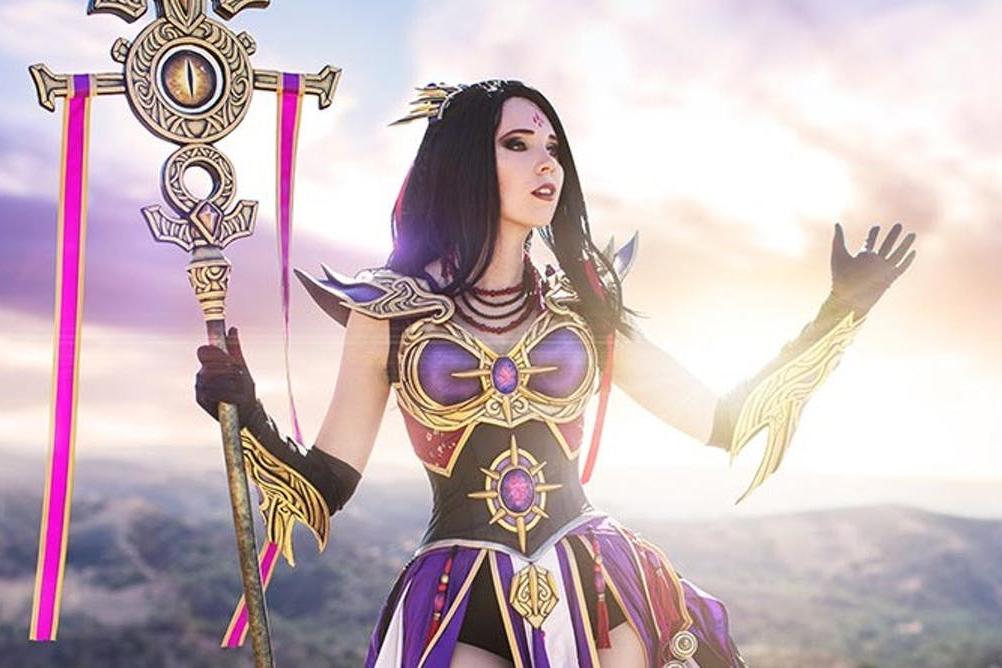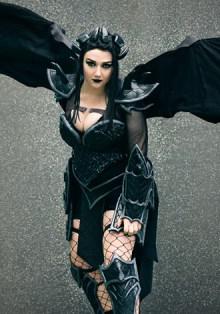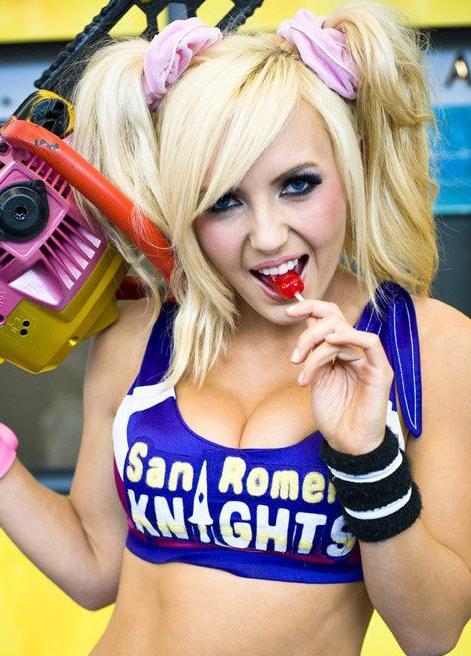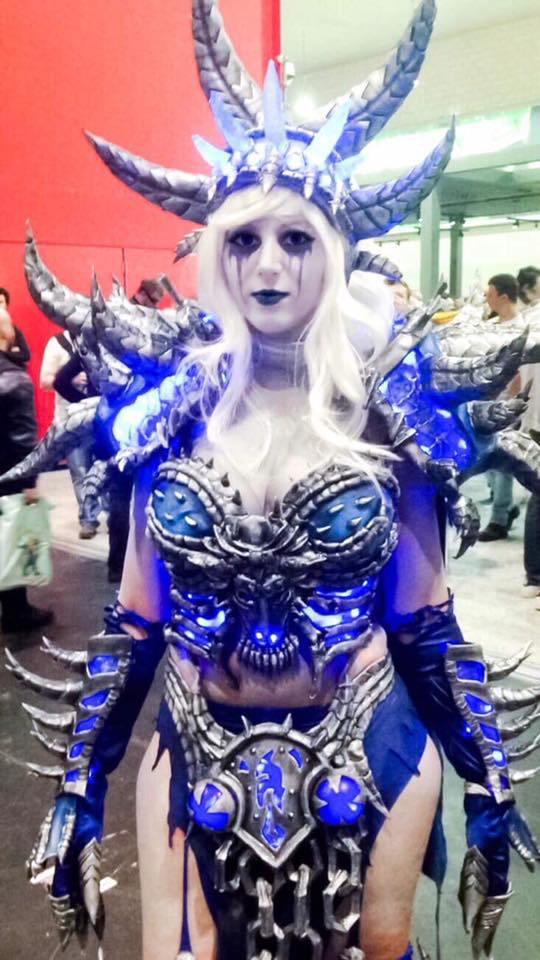The cosplay economy: how dressing up grew up
To the cynical, it may seem like a childish hobby, but, says Katryn Furmston, it’s not just a release for the disenfranchised, it’s giving people vital skills and even launching design careers

Your support helps us to tell the story
From reproductive rights to climate change to Big Tech, The Independent is on the ground when the story is developing. Whether it's investigating the financials of Elon Musk's pro-Trump PAC or producing our latest documentary, 'The A Word', which shines a light on the American women fighting for reproductive rights, we know how important it is to parse out the facts from the messaging.
At such a critical moment in US history, we need reporters on the ground. Your donation allows us to keep sending journalists to speak to both sides of the story.
The Independent is trusted by Americans across the entire political spectrum. And unlike many other quality news outlets, we choose not to lock Americans out of our reporting and analysis with paywalls. We believe quality journalism should be available to everyone, paid for by those who can afford it.
Your support makes all the difference.Comic conventions have steadily risen in popularity over recent decades and, as a corollary, cosplay – dressing up as a favourite character – is becoming more than just a hobby to many people. You only have to look at some of the costumes to realise the effort that some people put in – whether that involves handcrafting or sourcing the perfect piece – to realise the devotion involved.
The most recent major events in the UK have attracted record turnouts. More than 133,000 cosplayers attended the London MCM Comic Con event in May this year. When you consider that tickets can cost more than £20 per person, it suggests this strange new industry is generating money for the UK economy. And it’s not just tickets to events – people often spend upwards of £200 on materials, paints and fixings to make their costumes.

There has been a debate on whether the rise of cosplay has been a sign of hard economic times: young people without jobs spending far too much time wanting to become someone or something else. James Pethokoukis, a columnist and fellow for the American Enterprise Institute think tank, wrote – referencing mainly the cosplay craze in Japan – that “any rise in people fleeing reality for fantasy suggests problems with our reality”. Citing surveys that showed that young people in America are now less likely to spend their time playing and watching sport, economist Adam Ozimek argued that this is just a sign of changing youth culture – and actually, reflected a relative rise in prosperity: “I bet being a fan of cosplay is more correlated with higher wages than being a fan of football.”
But regardless of the numbers, it’s the creativity of cosplay which really enthuses me, as a teacher of design. Cosplay is giving (mainly young) people a new-found creative output. Many will have skilled up in researching properties of materials to the point where they become real masters of those materials. Creative skills such as sketching and design development also become the norm for many people who were novices.
For a large number of people, cosplaying can be the start of a lifelong journey into a design career – whether this be costume design, SFX make-up or product and prop design. For instance, the person who first got me into cosplay, Sorcha McIntyre, launched a graphic design career after attending events. It opened the creative doors to a vocation by giving her a chance to display artwork and exhibit her design flair.

Some of the costumes displayed at events are among the most imaginative you will see on stage or screen. Alongside this is the inevitable controversy surrounding the costumes of women in particular – accusations about the way in which cosplay sexualises its participants. The media doesn’t really help – as you might imagine, stories about cosplay and comic conventions tend to mainly feature scantily clad women. But if you look at the actual character – or the concept art that inspired the costumes – this is usually where the images come from.
For many people who attend comic conventions, cosplay isn’t about the particular costume they have chosen to wear, it’s about getting to be their favourite character for the day. That’s not to say that some people don’t dress this way just for the attention – even if the attention they get is approval for the hard work put into the costume. If you asked most cosplayers, they will admit the attention they receive is a major attraction for cosplaying. Nevertheless, dressing up to be “sexy” is not the key factor in this.

This image isn’t helped by the most popular cosplayers, including Jessica Nigri and Lindsay Elyse – who are known specifically for their scantily clad outfits and the oversexualised photographs that they make their money selling. Nigri was reportedly asked to leave an event unless she changed into something different to the plunging neckline catsuit she had been sporting.
It’s people like this that can often overshadow other talented cosplayers who don’t feel the need to sex up their costumes. Svetlana Quindt, aka Kamui Cosplay, makes a living from cosplay – but she is also invested in sharing her knowledge on creating costumes with her fans through online tutorials and her books. Some of her costumes may be seen as sexual, but this is a reflection of the character she is portraying, not the cosplayer.

By becoming a character for the day (even one in a scanty costume) people get to wear a figurative mask that they can shelter behind. Robin S Rosenberg, a clinical psychologist in the US, interestingly, argues that cosplay helps people deal with traumatic events. He believes it also allows fans to connect with other people who also share similar interests, giving a safe environment for those who might otherwise feel uncomfortable in a “standard” social situation.
Many conventions offer the opportunity for particular fandoms to get together in large groups to share their passion for and experiences of creating their costumes, giving a sense of community.
So if you think cosplay is just about dressing up in sexy outfits you are sadly mistaken. Cosplay has grown up: it’s an art, an inclusive hobby and a creative pursuit – and, for an increasing number of people, it’s a way of life.
Katryn Furmston is a senior lecturer at Nottingham Trent University. This article was originally published on The Conversation (theconversation.com)
Join our commenting forum
Join thought-provoking conversations, follow other Independent readers and see their replies
Comments